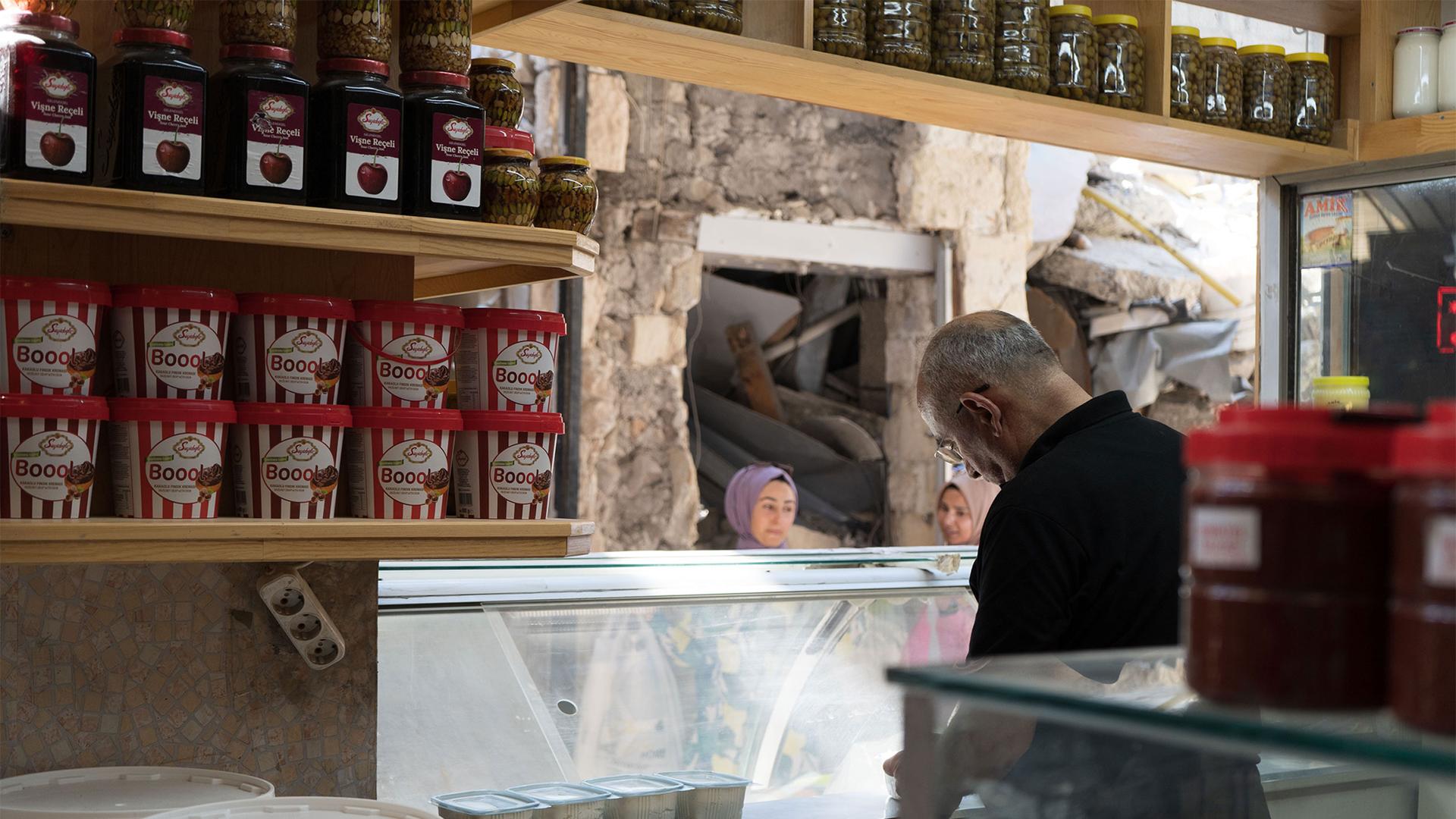In Turkey’s hardest-hit province, earthquake survivors adapt to a life without buildings
Six months after record-breaking earthquakes devastated southern Turkey and northern Syria, the historic city of Antakya is a rolling landscape of cracked high-rises, tent cities and piles of debris.
The freezing temperatures of the earthquake’s immediate aftermath have been replaced by dust and 95-degree-Fahrenheit days.
Despite the Turkish government’s promise to rebuild affected areas within a year, nearly everyone in the city continues to live in tents and converted shipping containers — set up in front of gardens, olive orchards and open fields.
Donated tents, designed for the winter cold, soak up the heat of the sun. But skin infections, borne by flies, are common. Organized settlements of container homes are set up on hot concrete, surrounded by barbed wire, and are reliant on regular shipments of drinking water.
Of the more than 50,000 deaths reported in Turkey, half occurred in Hatay, the country’s southernmost province. Grief pervades almost every corner of the province but, slowly, the residents who remain are carving out a life amid the rubble.
Here is a photo essay by The World’s Durrie Bouscaren.
Translations by Duygu Yeral.
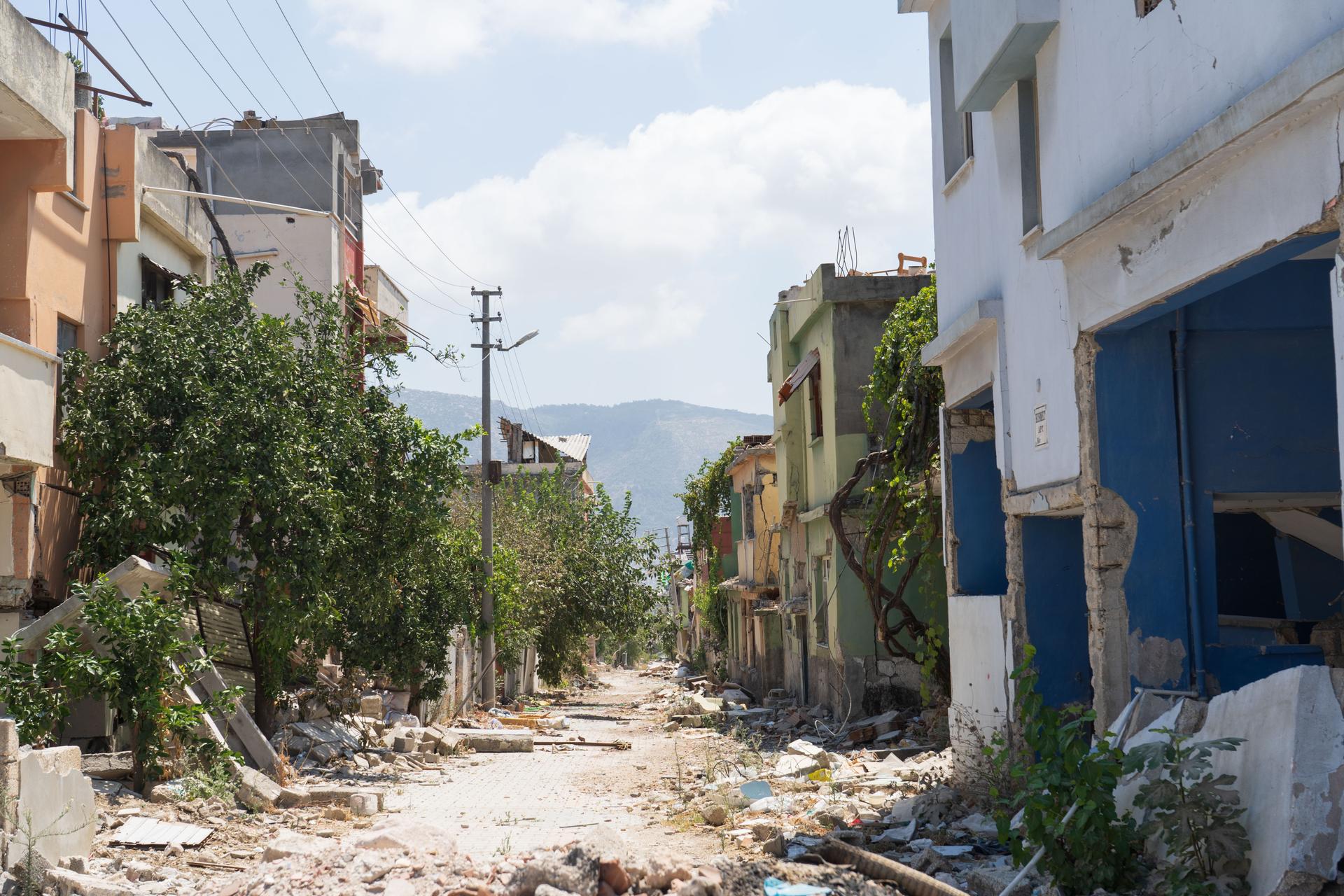
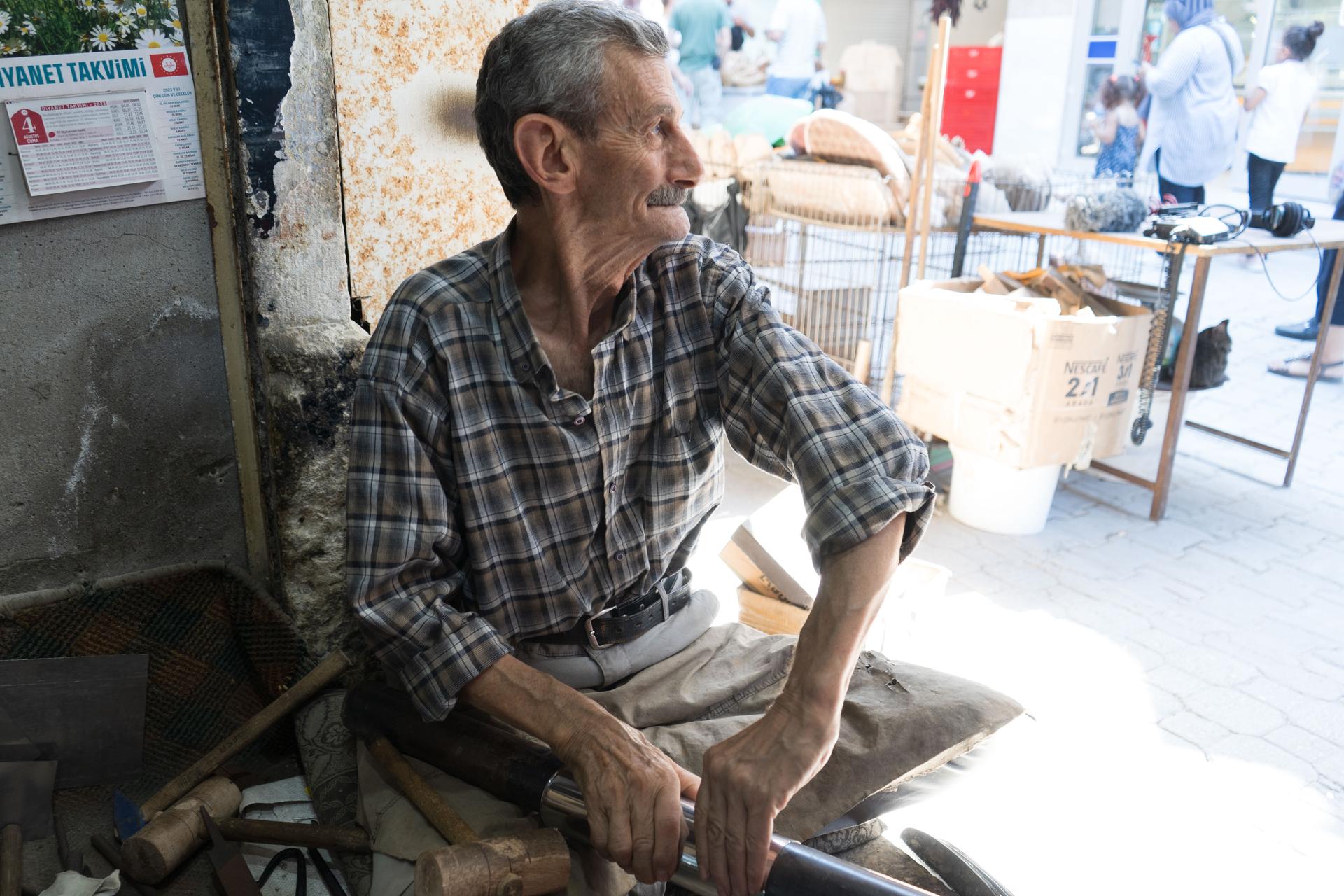
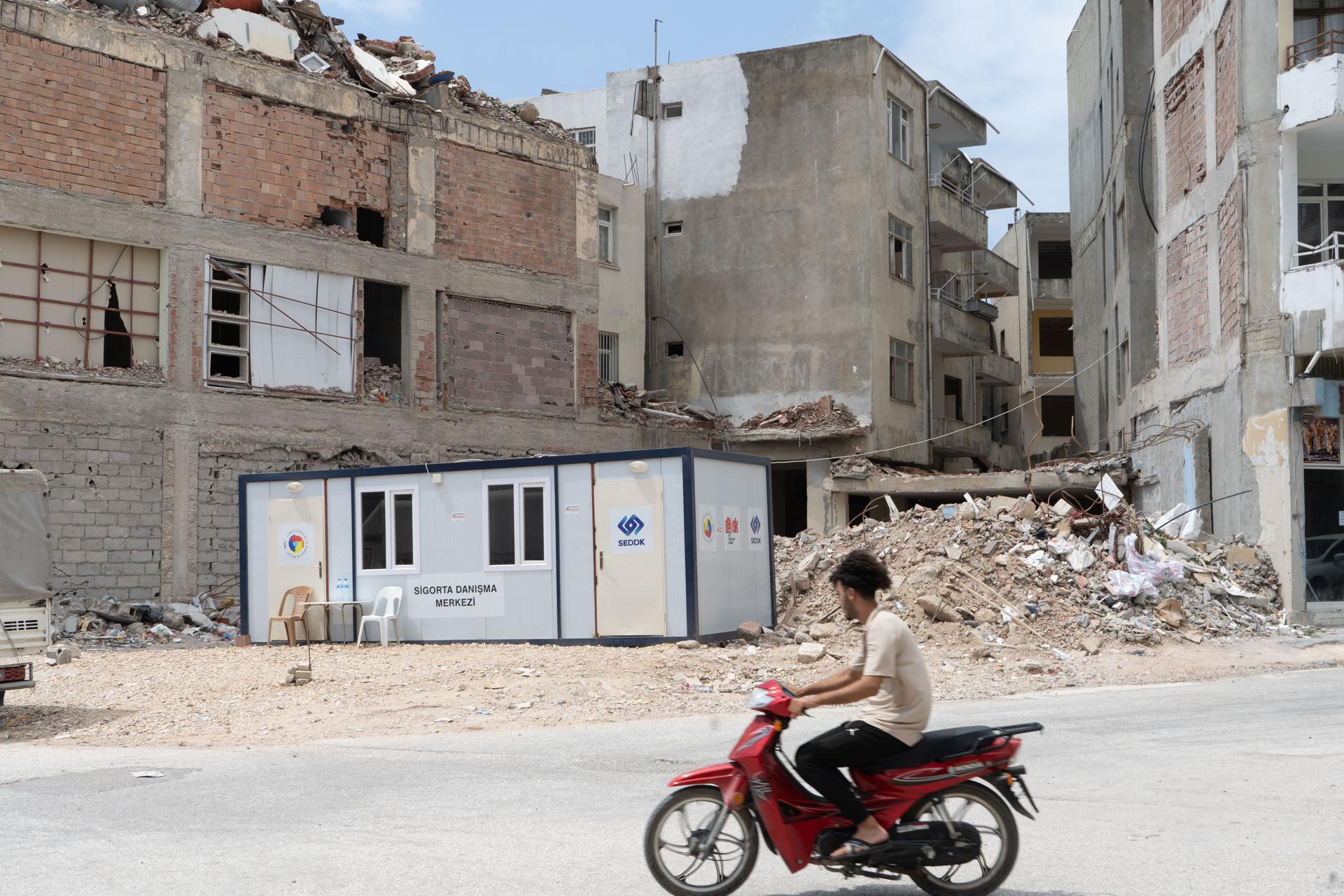
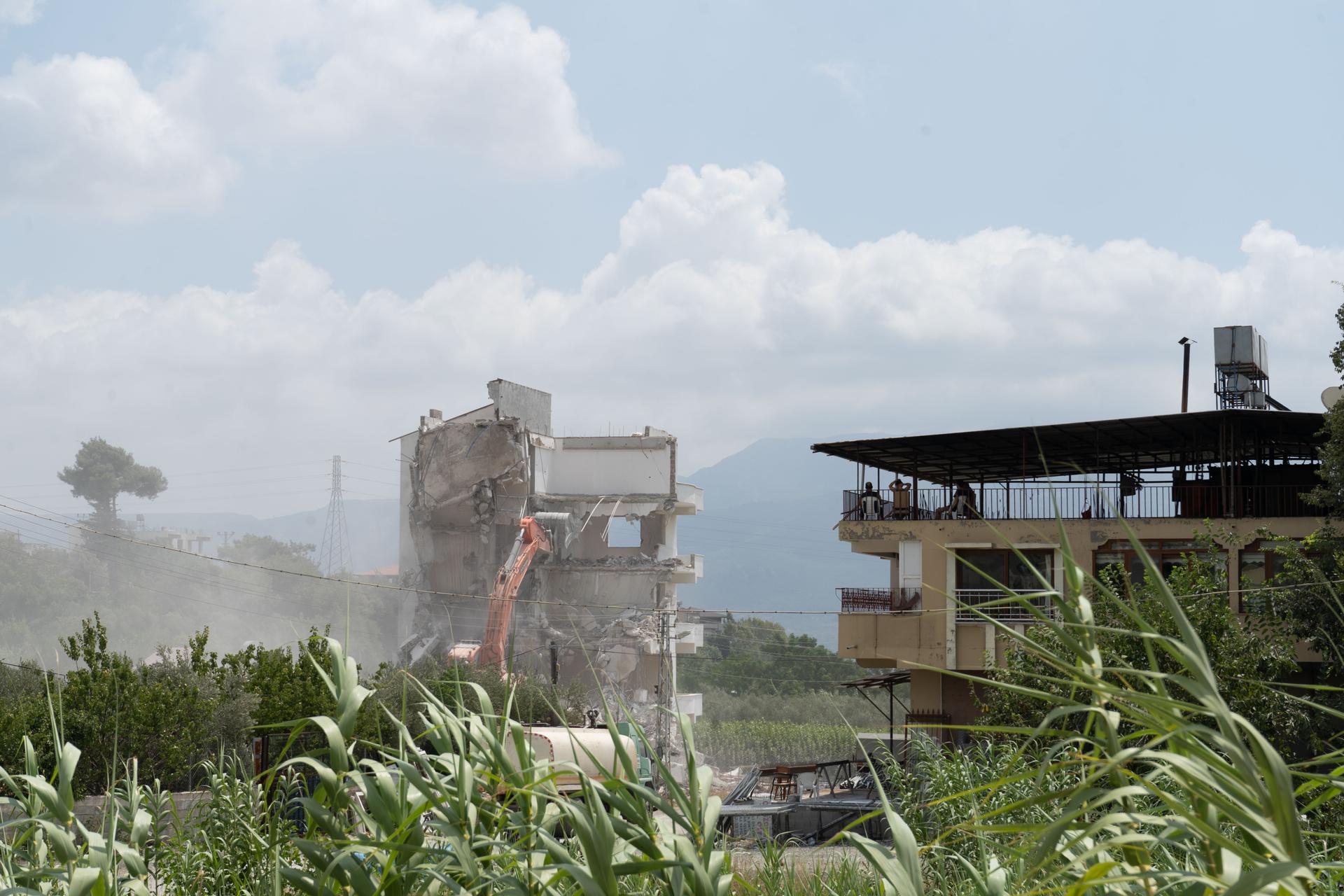
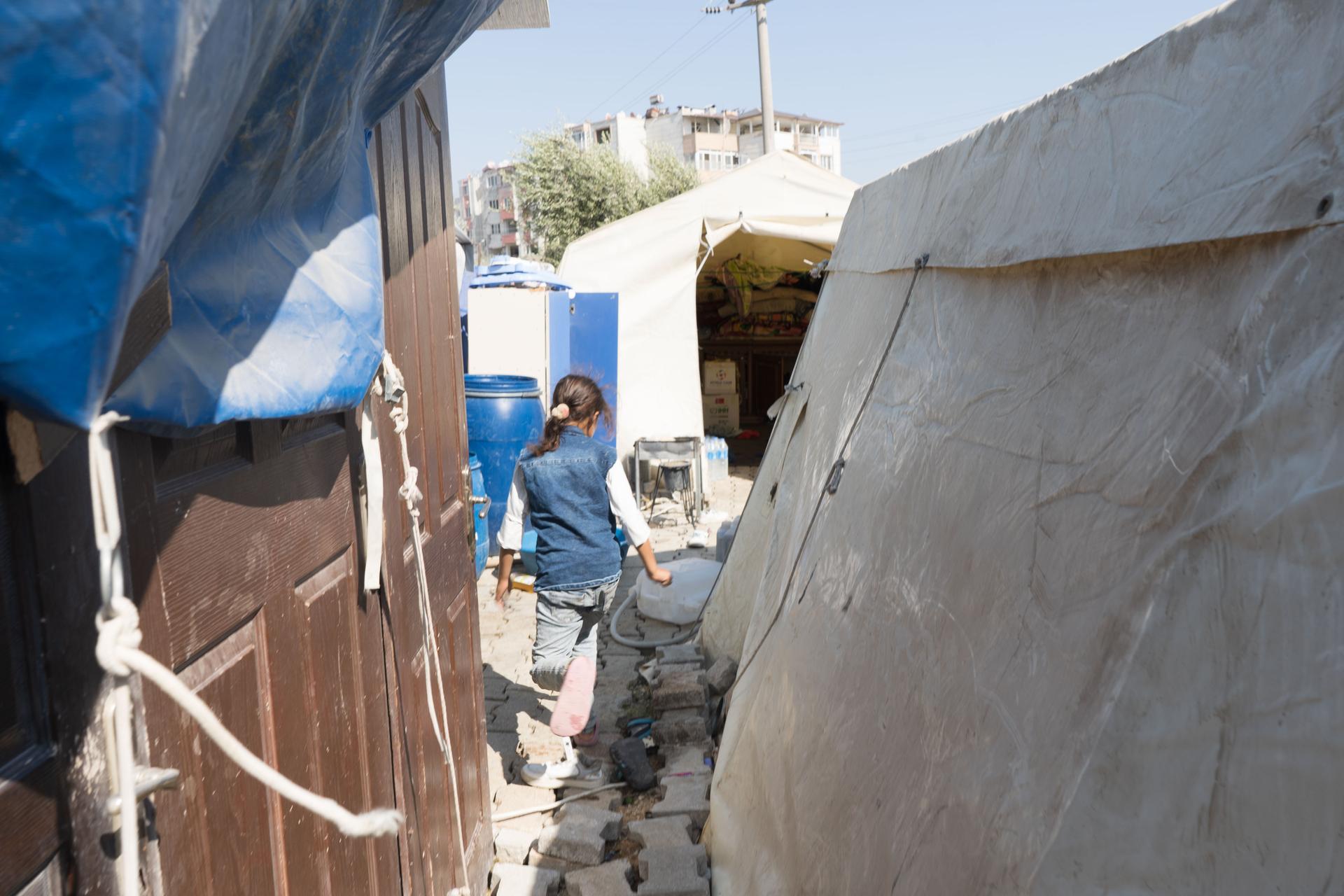
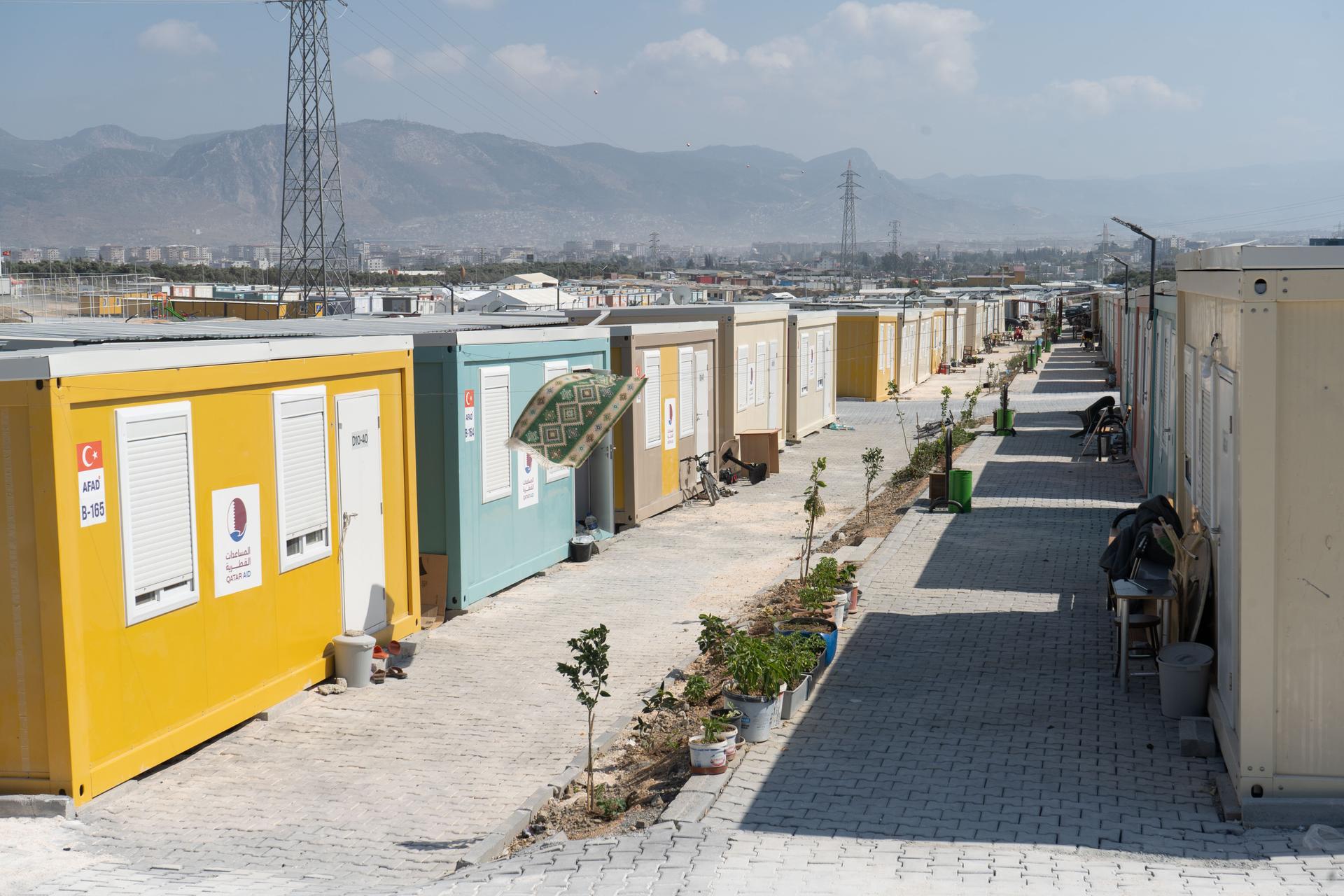
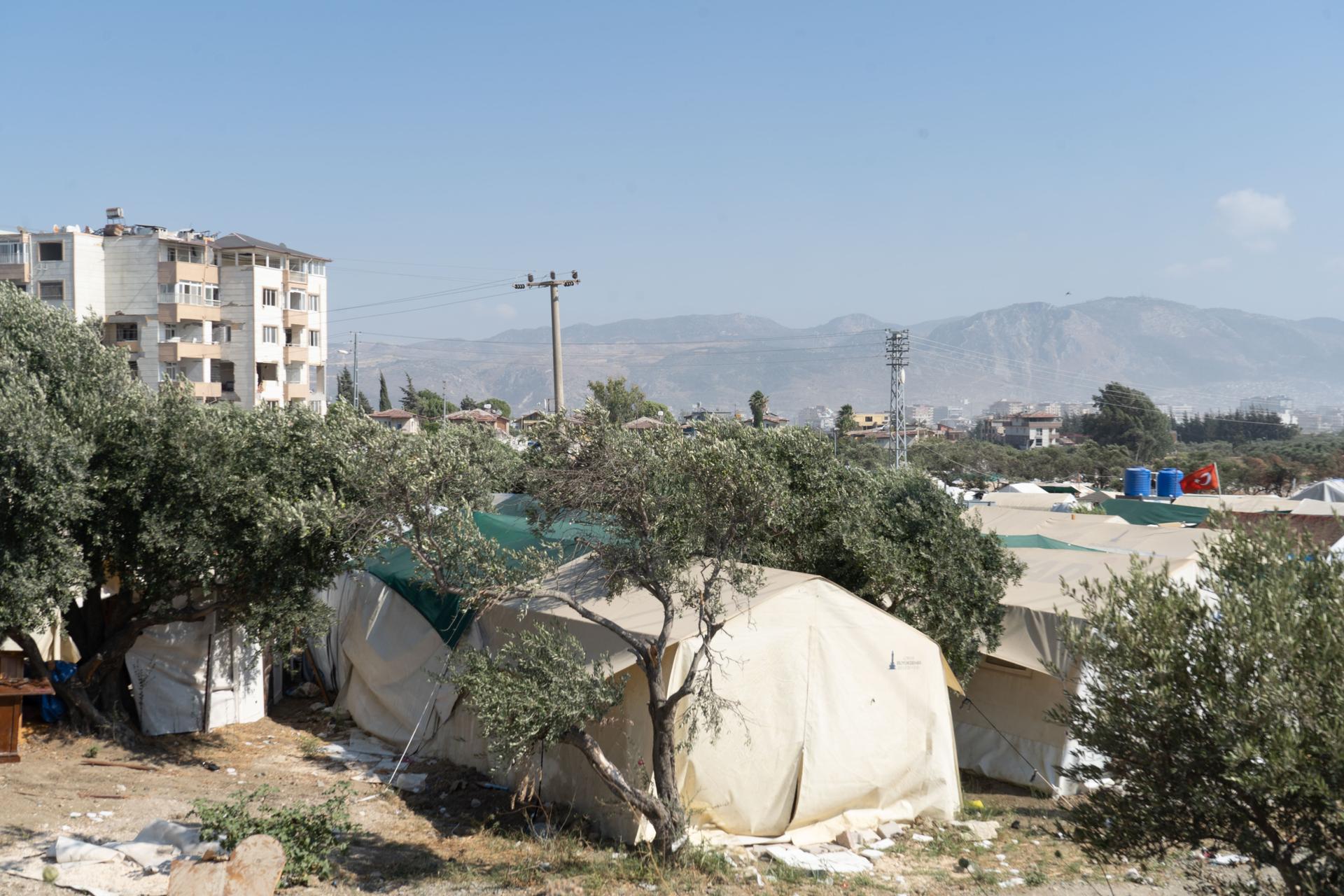
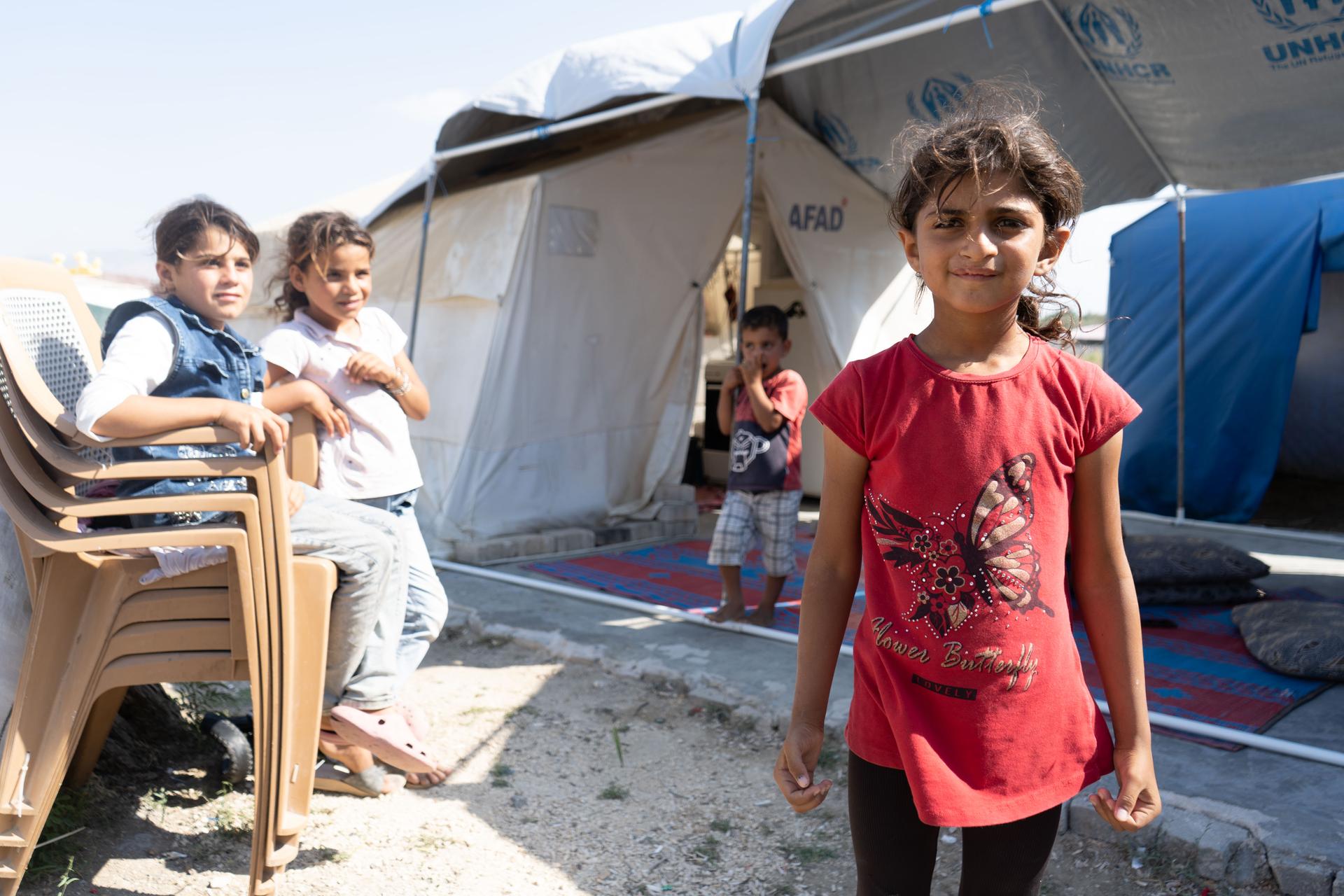
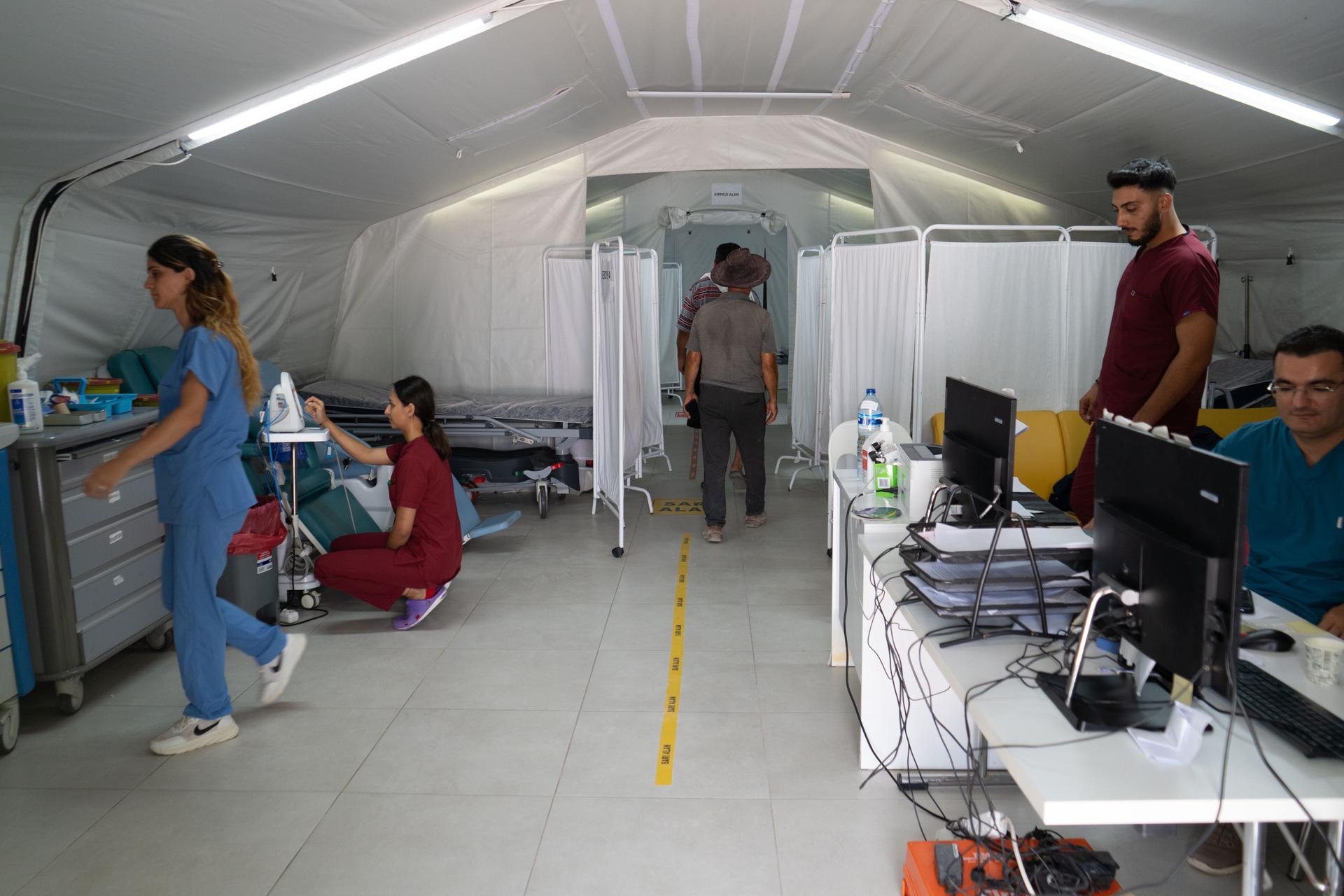
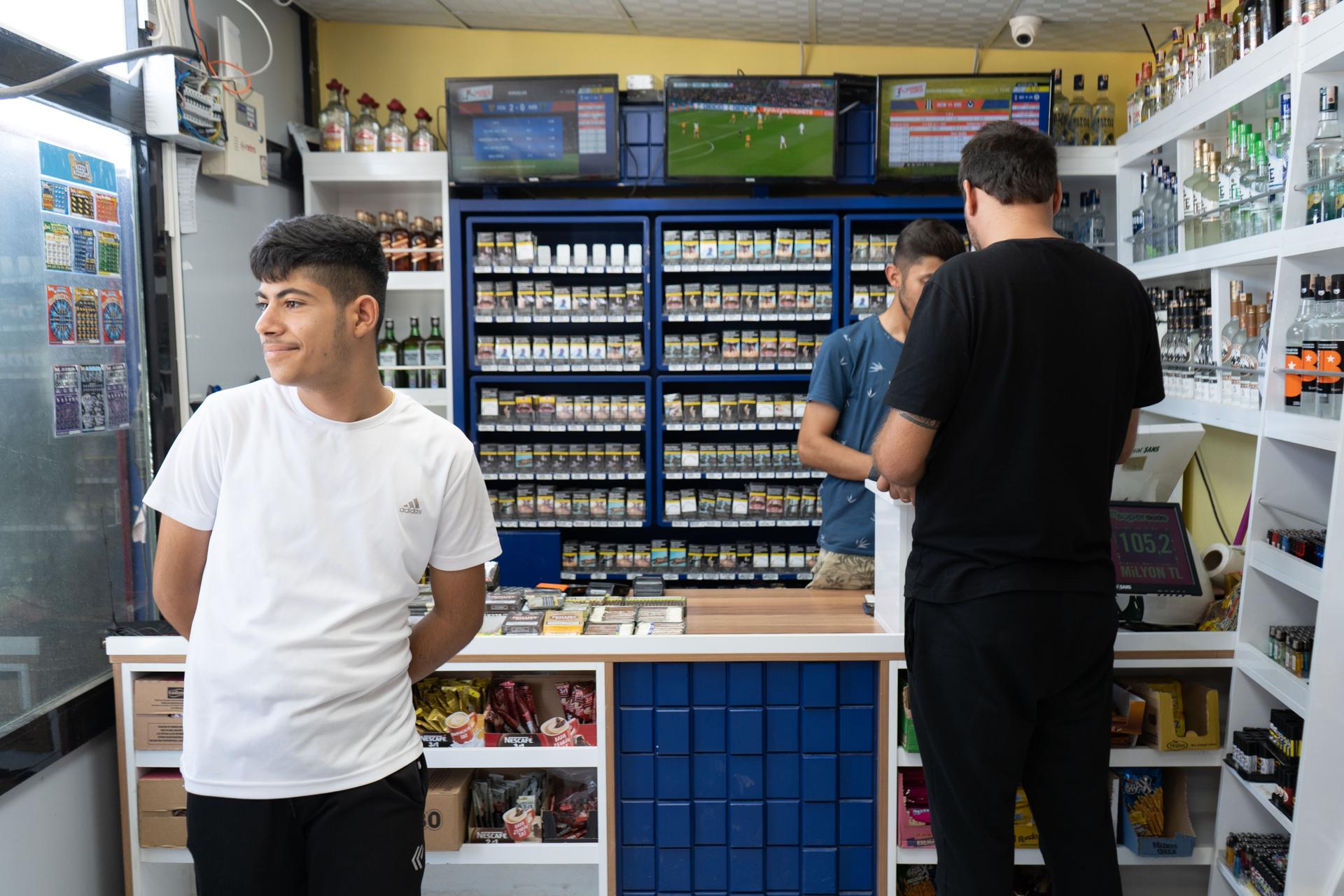
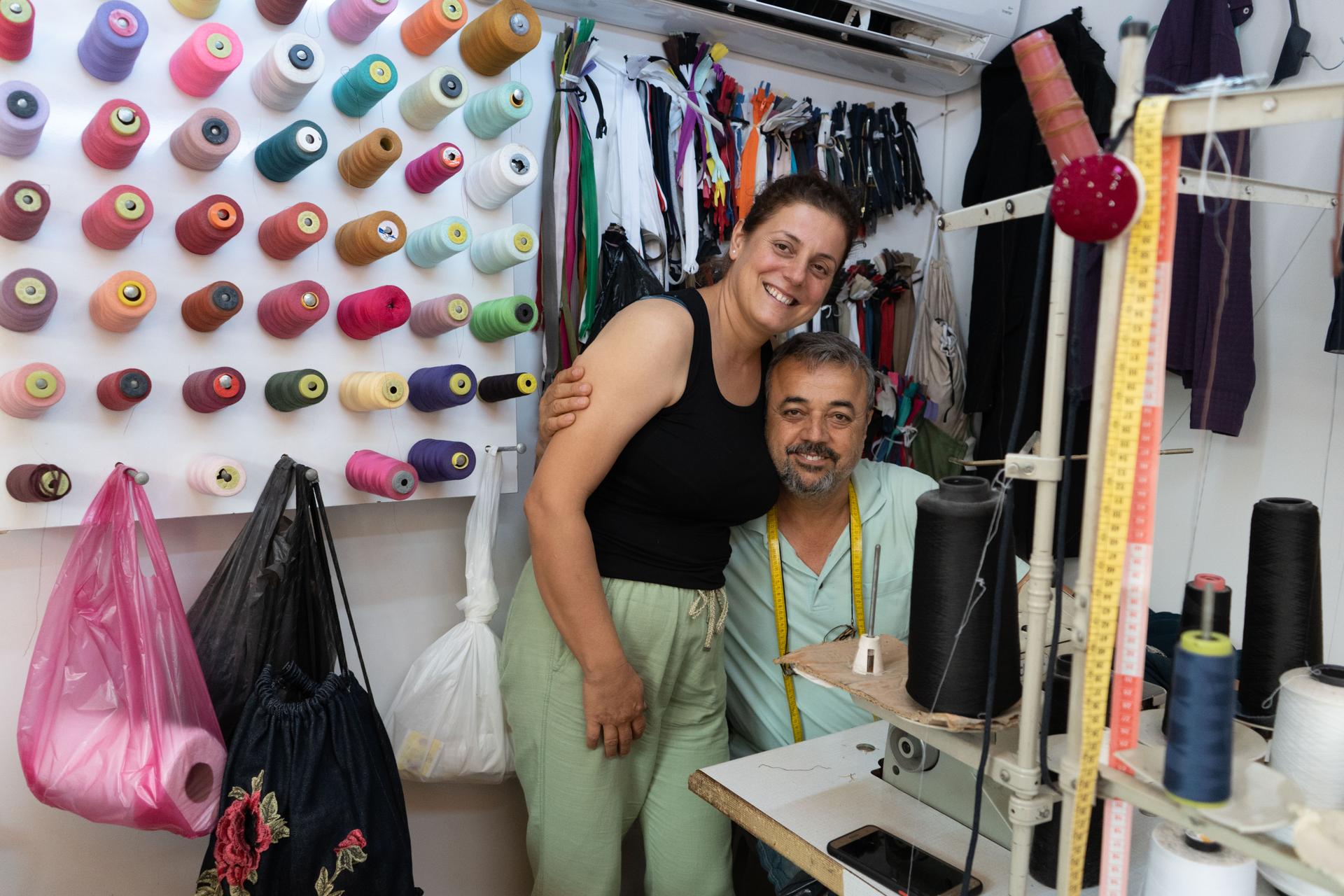
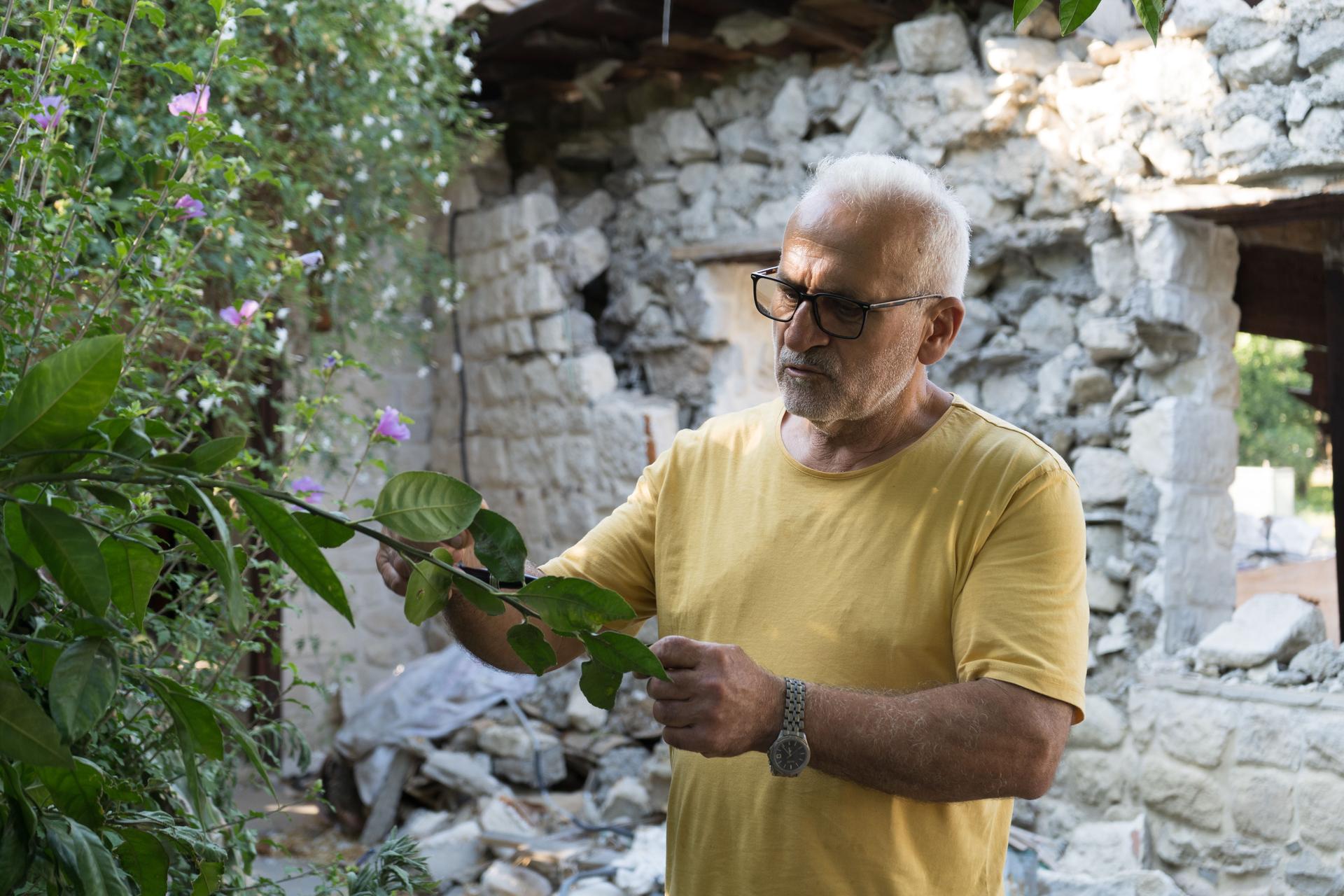
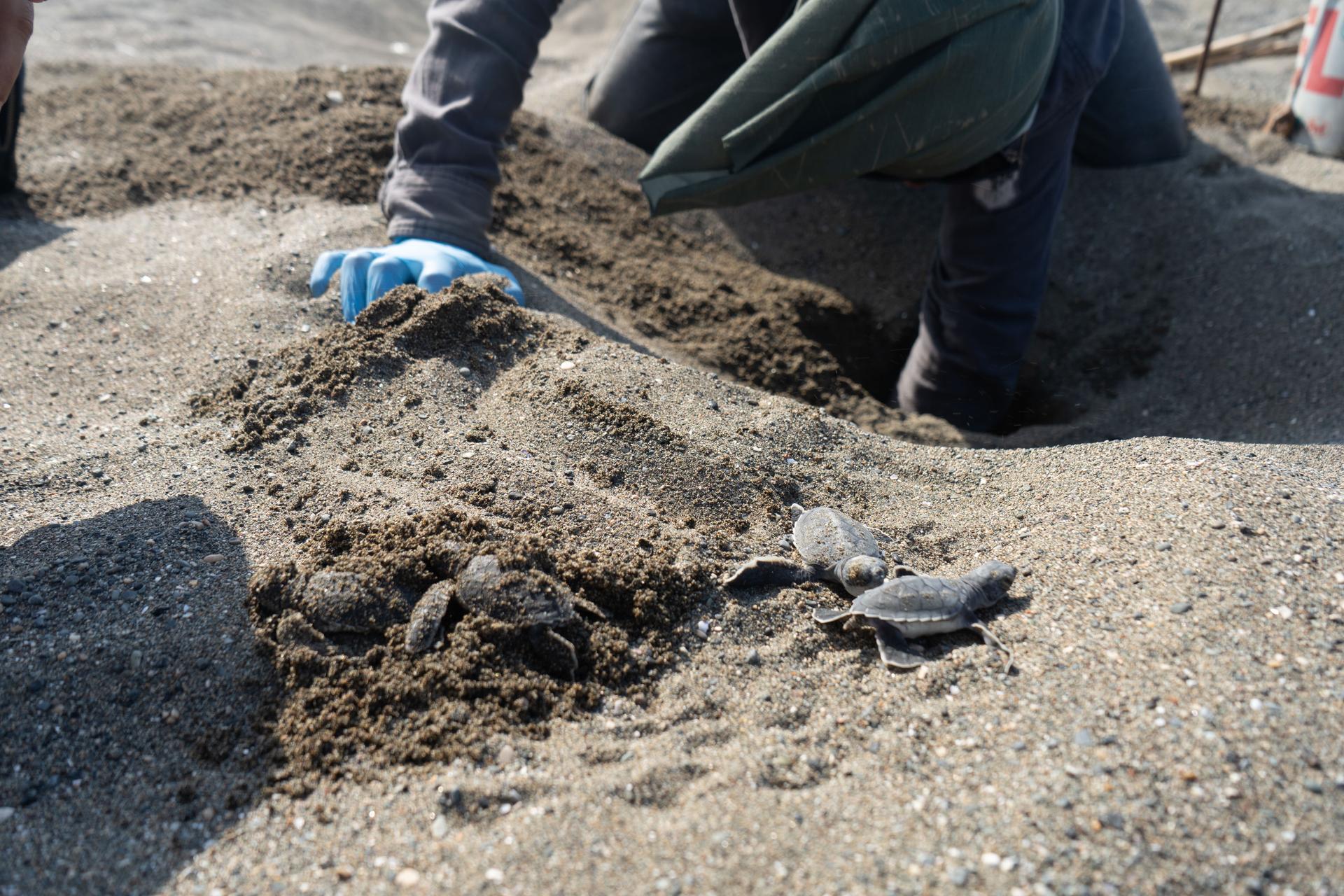
Related: Life returns to Antakya, a city nearly leveled by earthquakes in southern Turkey
The World is an independent newsroom. We’re not funded by billionaires; instead, we rely on readers and listeners like you. As a listener, you’re a crucial part of our team and our global community. Your support is vital to running our nonprofit newsroom, and we can’t do this work without you. Will you support The World with a gift today? Donations made between now and Dec. 31 will be matched 1:1. Thanks for investing in our work!
